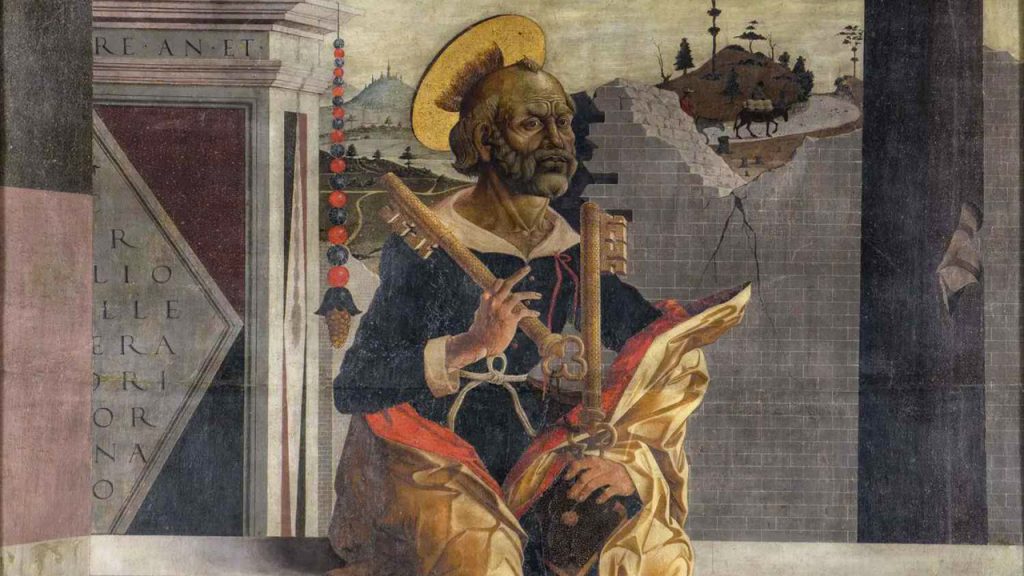Exploring the intricate and often avant-garde world of Renaissance art, Antonio da Leonelli, more commonly known as Crevalcore, stands out as a fascinating figure. This visionary artist of the Quattrocento brought innovations to his time that echoed through the ages, making him a subject of rediscovery today. In the contemporary analysis by Vittorio Sgarbi, Crevalcore is positioned not merely as a regional painter of historical note, but as an artist whose work resonates with ideas that seem to pre-date modern and surreal elements prominent in the works of De Chirico and Magritte.
The Visionary Artist Beyond Regional Limits
Born between 1438 and 1441, Crevalcore was active primarily in Bologna until his death between 1515 and 1525. Despite being referred to as a local or minor artist by some, his contributions defy such categorizations. Crevalcore was a pioneer in adopting still life as a genre within Italian painting—a significant departure from the conventional religious iconography that dominated during his time. This shift mirrored that of Giorgione with « La Tempesta, » moving the focus from figures like Madonnas and saints to a broader exploration of nature and landscapes.
One of the unique aspects of Crevalcore’s work is his painting « San Pietro, » measuring an impressive two by two meters. The draped clothing in the painting is exaggerated in style, similar to the works of Ercole de’ Roberti, while the sculpted facial rendering draws parallels to Niccolò dell’Arca, renowned alongside Donatello as one of the greatest sculptors of the Quattrocento. These elements collectively showcase Crevalcore’s dynamic integration of various artistic disciplines.
Signature of Innovation and Dadaist Foreshadowing
What is perhaps most intriguing about Crevalcore is his playful yet intellectual approach to his signature—employing an anagram of letters scattered across the sarcophagus at the background of the painting. This method prefigures Dadaist themes, where spontaneity and randomization were key to poetic creation. As suggested by Tristan Tzara, a major Dada figure, this technique was meant to break conventions, and Crevalcore’s early adoption of similar concepts marks him as a forward-thinker.
His work challenges the perception that modern artistic innovation is inherently superior to older works. The intellectual depth and experimentation present in Crevalcore’s paintings reveal a modernity far ahead of his time. This bridging of traditional art with progressive techniques not only reflects a deep understanding of the available artistic vocabulary but also the daring to transcend it.
Re-evaluating Crevalcore’s Legacy
Vittorio Sgarbi’s emphasis on Crevalcore repositions him as a significant figure deserving of greater recognition. By addressing themes of surrealism, metaphysics, and complex intellectualism, Crevalcore exemplifies how ancient works can inspire future generations. His capability to connect with the metaphysical and the surreal allows contemporary audiences to see the transformative power of his artistic vision.
In highlighting Crevalcore’s achievements, the aim is to appreciate the value of ingenuity and forward-thinking inherent in art history. In doing so, we are reminded of the timeless capacity of art to both preserve and progress human expression across centuries.
